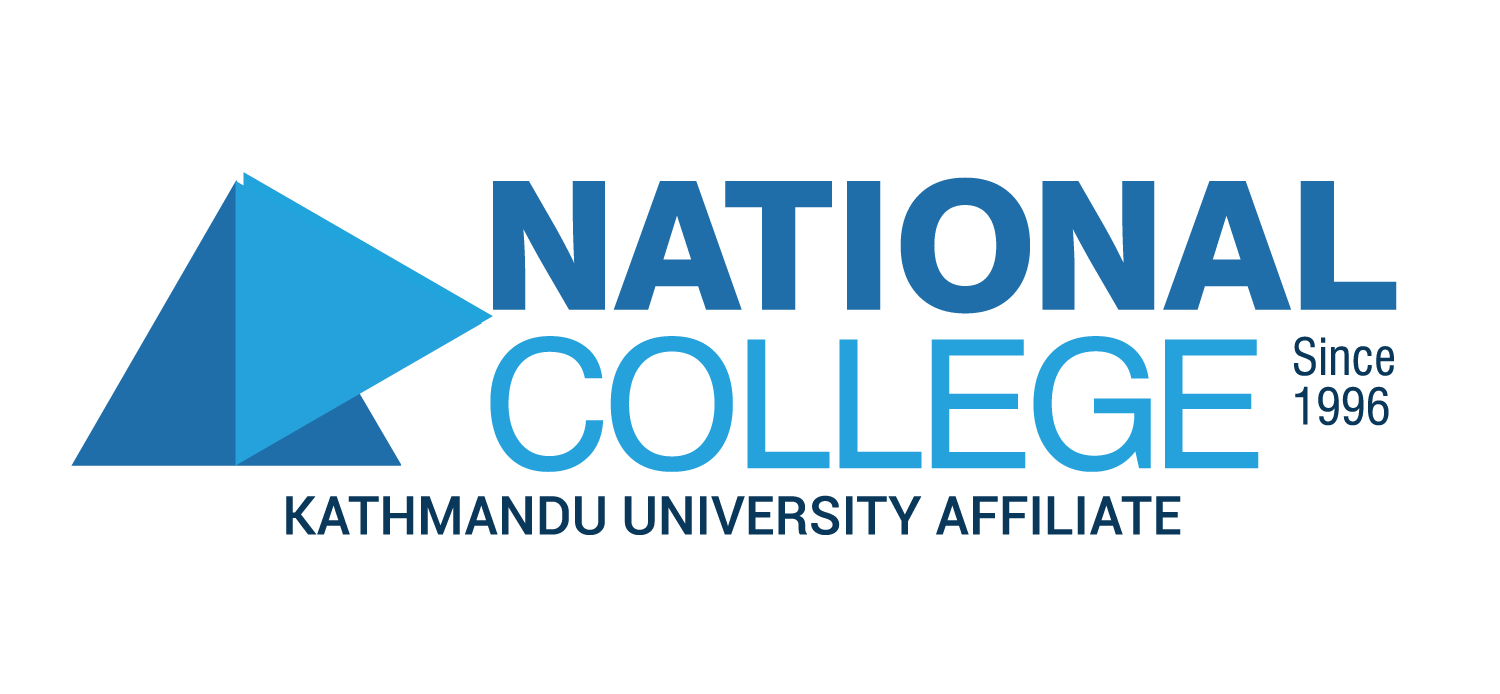On August 1, 2023, Dr. Prakash Kumar Shrestha, the Executive Director of the Economic Research Department at Nepal Rastra Bank, conducted a guest session on the current practices of monetary policy in Nepal. The event provided valuable insights into the country’s monetary policy framework and its role in promoting economic stability and growth.
Nepal follows a “Monetary Aggregate Targeting” approach in its monetary policy, which involves maintaining a pegged exchange rate with the Indian currency. Despite facing the challenge of the “Impossible Trinity,” where it is difficult to simultaneously achieve an open capital account, a fixed exchange rate, and an independent monetary policy, Nepal has been able to implement this framework effectively.
The key variables closely monitored by Nepal Rastra Bank include private sector credit and short-term interest rates. These variables play significant roles in determining the money supply and credit availability in the economy. By managing these parameters, the central bank aims to influence economic activity and achieve its policy goals.
To implement monetary policy effectively, Nepal Rastra Bank uses a range of monetary policy instruments. These instruments include the Cash Reserve Ratio (CRR), Bank Rate, and Open Market Operations (OMOS). The central bank also manages the excess reserves of banks and financial institutions to control the money supply and ensure financial stability.
The operating target of Nepal’s monetary policy is broad money (M2), which represents the total money supply in the economy. By targeting the money supply, the central bank can influence inflation and economic growth. Additionally, the central bank uses intermediate targets, such as the exchange rate and private sector credit growth, to guide its policy decisions effectively.
The primary policy goals of Nepal Rastra Bank’s monetary policy are to maintain price stability and external sector stability. Price stability is essential for providing a stable economic environment for businesses and households, and it helps to preserve the purchasing power of the currency. External sector stability is achieved through the pegged exchange rate with the Indian currency, which promotes trade and financial stability.
In conclusion, Dr. Prakash Kumar Shrestha’s guest session shed light on the current practices of monetary policy in Nepal. The country’s monetary policy framework, based on “Monetary Aggregate Targeting” and a pegged exchange rate with the Indian currency, has allowed the central bank to effectively manage the money supply and credit availability while promoting economic stability. By closely monitoring key variables and utilizing various monetary policy instruments, Nepal Rastra Bank aims to foster economic growth and stability in the country’s unique economic landscape.













